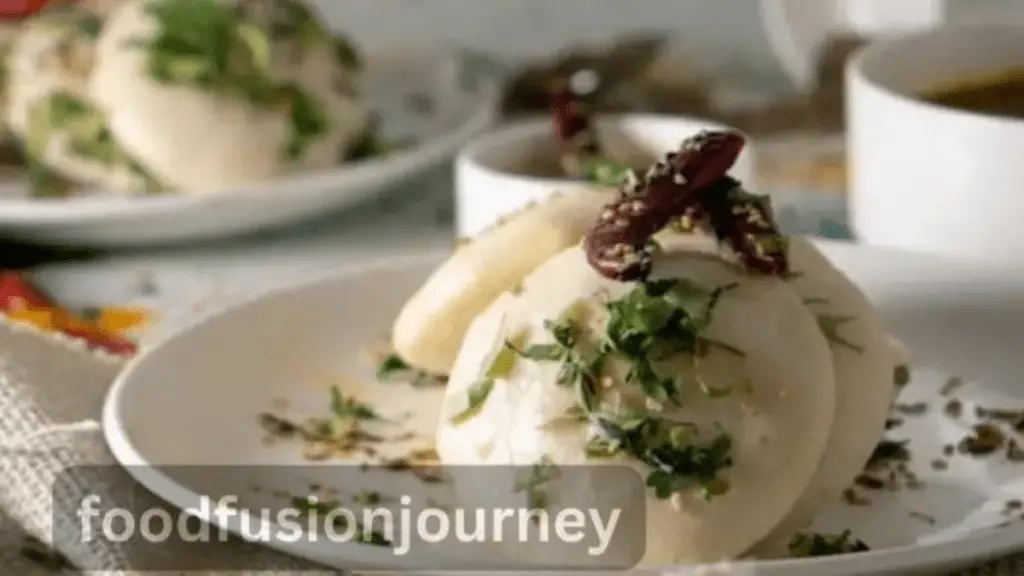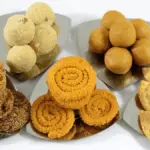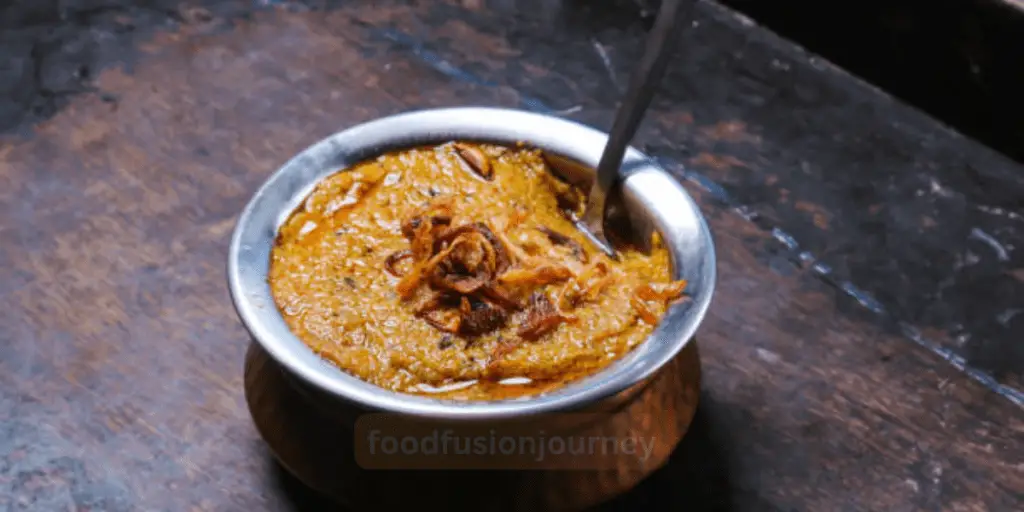How to make authentic South Indian idli at home with this easy to follow recipe. Learn the key steps for soaking grinding fermenting and steaming to achieve soft and fluffy idli. Get tips for the perfect texture and flavor along with suggestions for delicious accompaniments.
Gllery South Indian Idli
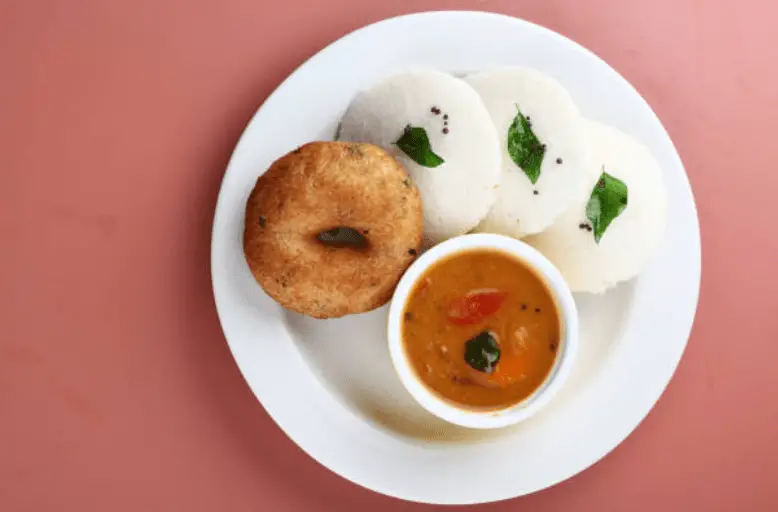
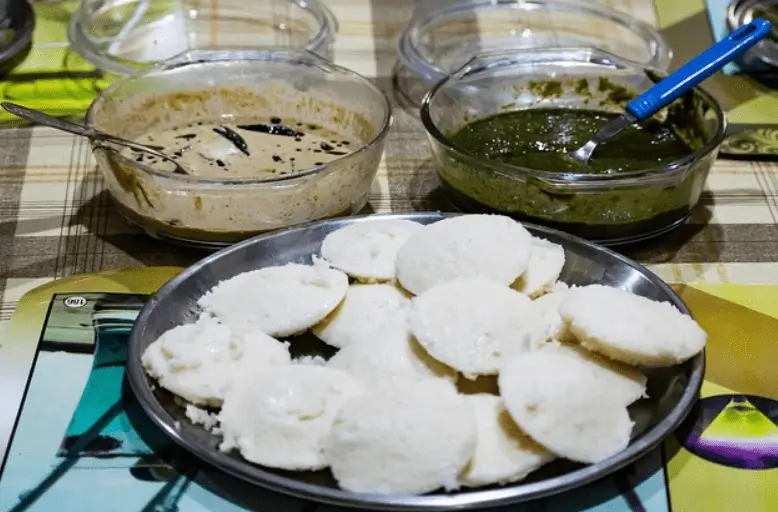
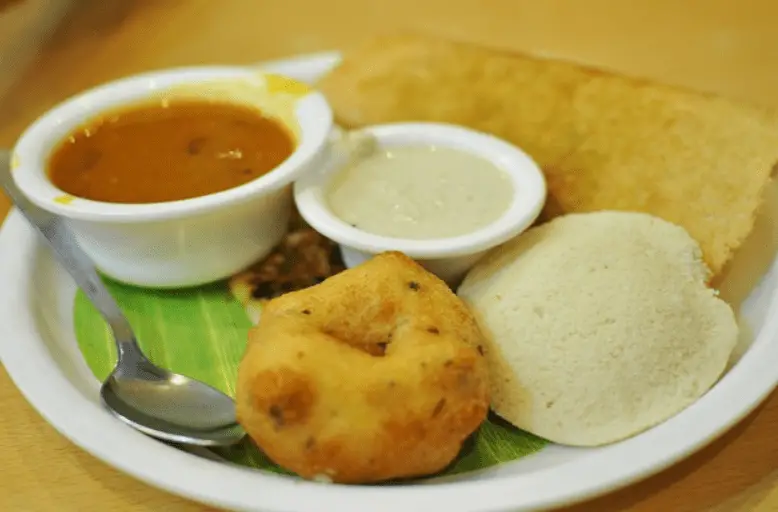


Ingredients for South Indian Idli
2 cups idli rice (parboiled rice)
1 cup urad dal (skinned black gram)
1 teaspoon fenugreek seeds
Salt to taste
Water (for soaking and grinding)
Oil (for greasing the idli molds)
Instructions South Indian Fluffy Idlis
- Soaking:
Wash the idli rice and urad dal separately under running water until the water runs clear.
In a large bowl, combine the idli rice and fenugreek seeds. Add enough water to cover the rice and let it soak for about 4-6 hours.
In another bowl, soak the urad dal in water for the same amount of time.
- Grinding:
Drain the water from the soaked urad dal and rice.
In a grinder or a blender, grind the urad dal to a smooth and fluffy consistency. You can add water gradually as needed while grinding. The texture should be airy and light.
Transfer the urad dal batter to a large bowl.
Next, grind the soaked rice to a smooth batter. You can add water as required. The rice batter should be slightly coarse compared to the urad dal batter.
Combine the rice batter with the urad dal batter. Add salt and mix well. The consistency should be like a thick pancake batter.
- Fermentation:
Cover the bowl with a clean cloth or lid and place it in a warm place to ferment. Allow it to ferment for about 8-10 hours or until the batter has doubled in volume and has a slightly sour aroma.
The fermentation time can vary depending on the temperature and humidity of your environment.
Making Vegan Recipes South Indian idli
1/ Once the batter is well fermented, gently mix it to incorporate the air.
2/ Grease the idli molds with a little oil to prevent sticking.
3/ Pour the batter into each mold, filling them about 3/4 full, as the idlis will rise during steaming.
4/ Steam the idlis in a steamer for about 10-12 minutes, or until a toothpick inserted into the center comes out clean.
5/ Once done, remove the idli molds from the steamer and let them cool for a minute or two.
6/ Using a spoon or a butter knife, gently remove the idlis from the molds.
Serving South Indian idli
Serve the idlis hot with coconut chutney, sambar, or any other accompaniment of your choice.
Enjoy your homemade South Indian idlis!
Tips and Tricks to Ensure your South Indian Idli Recipe Turns out Perfect

Rice and Dal Ratio:
Maintain a 2:1 ratio of rice to urad dal for a balanced texture and flavor of the idlis.
Soaking:
Soak rice and urad dal separately. The urad dal should be soaked for around 4-6 hours, while the rice can be soaked for the same duration. Adding fenugreek seeds to the rice while soaking enhances the fermentation process and flavor.
Grinding:
Grind urad dal to a light and fluffy consistency. Use minimal water while grinding to achieve this texture. Grind the rice batter a bit coarser compared to the urad dal batter to give the idlis a nice texture.
Fermentation:
Fermentation is a crucial step. Place the batter in a warm environment, around 80-90°F (27-32°C), to aid in the fermentation process. You can keep the batter in an oven with the light on or in a warm corner of your kitchen. Ferment until the batter doubles in volume and develops a slight tangy aroma.
Mixing Batter:
After fermentation, gently mix the batter to release any trapped air. This step helps achieve soft and fluffy idlis.
Steaming:
Grease the idli molds with a touch of oil to prevent sticking. Don’t overfill the molds; leave some space for the idlis to rise. Use a steamer with boiling water and steam the idlis for about 10-12 minutes on medium heat. Avoid opening the steamer lid during the first few minutes to prevent flattening the idlis.
Testing Doneness:
To check if idlis are cooked, insert a toothpick or a knife into the center. If it comes out clean, they’re ready.
Resting:
After steaming, let the idlis rest for a minute before gently removing them from the molds. This makes them easier to handle without breaking.
Idli Plate:
If you don’t have an idli steamer, you can use a regular steamer and place a plate with holes or a muslin cloth over the vessel before placing the idli molds. This improvisation works well too.
Idli Fluffiness:
For even fluffier idlis, you can add a pinch of baking soda to the batter just before pouring it into the molds. This is an optional step and not traditional.
Storing Batter:
Refrigerate leftover batter if not using immediately. Make sure to bring it to room temperature before making idlis. Fermented batter can be stored for a couple of days.
Accompaniments:
Serve idlis hot with coconut chutney, sambar, tomato chutney, or any other side dish you prefer.
By following these tips and tricks, you’ll be able to make delicious, soft, and authentic South Indian idlis at home. Enjoy your culinary journey!
Nutrition Facts
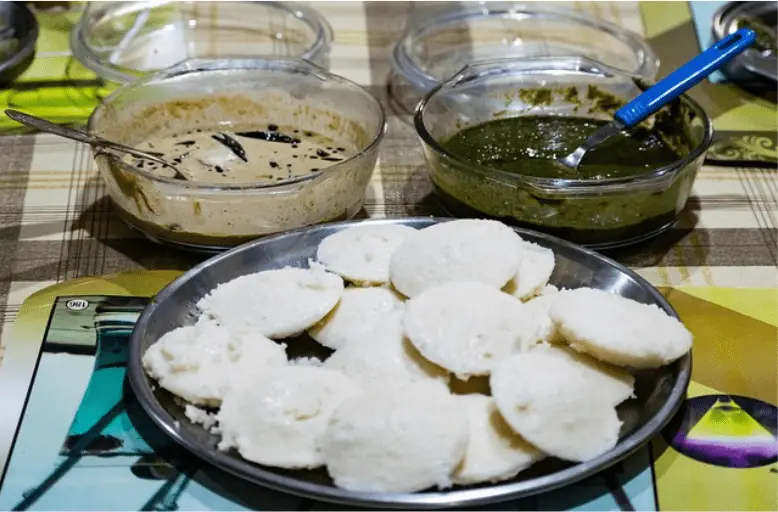
South Indian Idli is a popular steamed rice cake made from fermented rice and urad dal (black gram) batter. It is typically served with various accompaniments like coconut chutney and sambar. Here are the approximate nutrition facts for a typical serving of South Indian Idli, which is usually a set of 2-3 idlis:
Serving Size: 2-3 idlis (approximately 100-150 grams)
Calories
- Calories per serving: Approximately 80-120 calories
Macronutrients
- Protein: Approximately 2-4 grams
- Carbohydrates: Approximately 15-20 grams
- Dietary Fiber: Approximately 1-2 grams
- Sugars: Approximately 0-1 grams
- Fat: Approximately 0-1 grams
- Saturated Fat: Approximately 0 grams
Vitamins and Minerals
- Sodium: Approximately 100-200 milligrams (varies based on salt)
- Potassium: Approximately 20-40 milligrams
- Calcium: Approximately 10-20 milligrams
- Iron: Approximately 0.5-1 milligram
South Indian Idli is known for being a low-calorie and low-fat food, making it a healthy choice. The primary source of calories comes from carbohydrates, mainly from the rice used in the batter. It’s also a good source of protein and can be a part of a balanced diet.
The nutrition content can vary slightly based on factors such as the specific type of rice used, the fermentation process, and the size of the idlis. If you have a specific recipe or product in mind, it’s best to refer to the nutrition label if available or consult a registered dietitian for more precise information based on the exact ingredients and portion sizes used.
(FAQs) About South Indian Idli Recipe
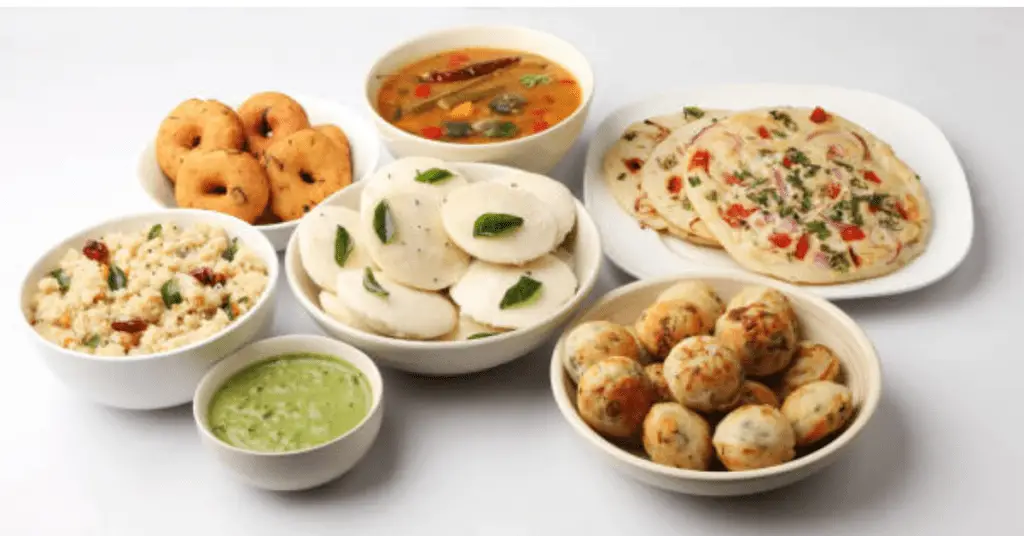
- What is idli?
- Idli is a traditional South Indian steamed cake made from fermented rice and lentil batter. It is a popular breakfast item and is often served with chutney and sambar.
- What are the main ingredients for making idli?
- The main ingredients for making idli include idli rice (parboiled rice), urad dal (split black gram), fenugreek seeds, and salt. These ingredients are soaked, ground, and fermented to create the idli batter.
- How long does it take to ferment idli batter?
- The fermentation process for idli batter typically takes around 8 to 12 hours, depending on the temperature of the surroundings. It’s important to allow enough time for the batter to ferment properly to achieve soft and fluffy idlis.
- Can I make idli batter without a wet grinder?
- Yes, idli batter can be made without a wet grinder using a high-speed blender or mixer grinder. However, the texture may not be as smooth as when using a wet grinder.
- Can I use different types of rice to make idli?
- While traditionally idli is made with parboiled rice (idli rice), you can also use regular raw rice or a combination of raw rice and parboiled rice. Each type of rice may slightly alter the texture and flavor of the idlis.
- How do I know when the idlis are cooked?
- You can check if the idlis are cooked by inserting a toothpick or a knife into the center of an idli. If it comes out clean, the idlis are cooked. They should also appear fluffy and slightly risen.
- Can I make idlis without an idli steamer?
- While an idli steamer is the traditional tool used to steam idlis, you can also use alternative methods such as a pressure cooker or a regular steamer. Simply grease the idli molds or plates and steam the idlis until cooked.
- Can I store leftover idli batter?
- Yes, leftover idli batter can be stored in the refrigerator for up to 2-3 days. Make sure to transfer it to an airtight container and allow it to come to room temperature before using it to make idlis.
- Can I make variations of idlis?
- Yes, there are many variations of idlis that you can try, such as adding grated vegetables like carrots or spinach to the batter, or incorporating different spices and herbs for flavor.
- How do I reheat leftover idlis?
- Leftover idlis can be reheated by steaming them again for a few minutes until heated through. Alternatively, you can microwave them for a short duration.
